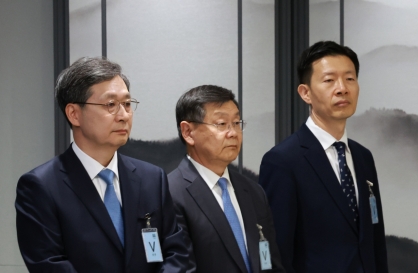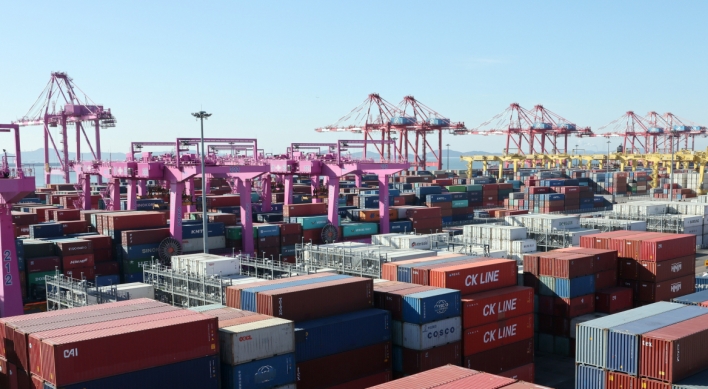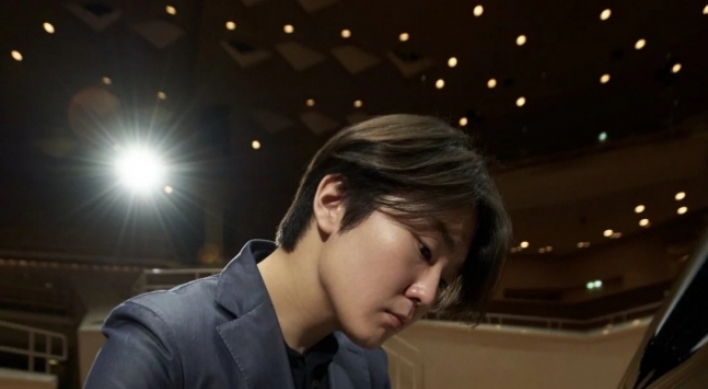Nearly one-third TVs sold worldwide are from Samsung
Its archrival LG retains No. 1 spot in OLED TV market
By Lee Ji-yoonPublished : Aug. 23, 2022 - 14:28
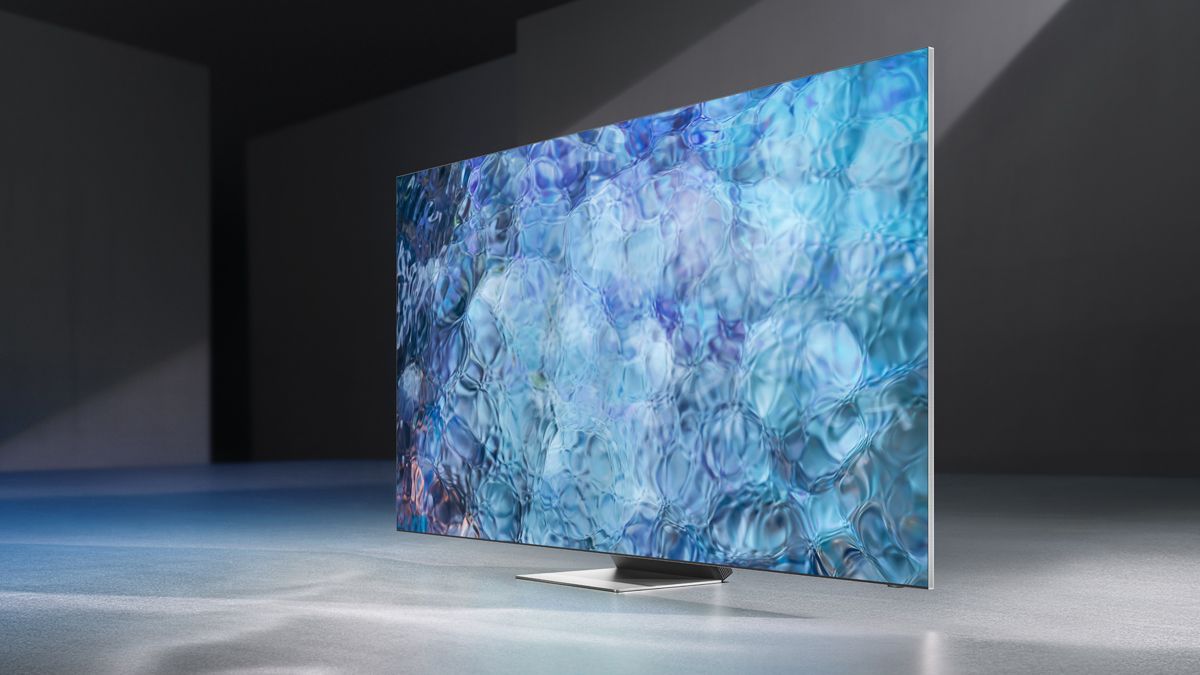
Samsung Electronics continued its winning streak in global TV sales, selling nearly one-third of TVs across the world in the first half, according to market tracker Omdia on Tuesday.
In the first six months of this year, 92.6 million units of TVs, worth $475 million, were sold globally. The sales figure was down 6.6 percent compared to a year ago.
Omdia cited the Russia-Ukraine war, protracted lockdowns in China’s major cities and inflation fears as the key reasons behind the slowing TV sales.
Samsung was the largest TV maker with a 31.5 percent market share, up 0.5 percent from a year ago, followed by LG Electronics with 17.4 percent, TCL with 8.7 percent, Hisense with 8.2 percent and Sony with 7.4 percent.
Samsung’s flagship Neo QLED TV sold 4.64 million units in the January-June period, a 16.3 percent jump from a year earlier. Since its debut in 2017, its accumulative sales exceeded 36.3 million units.
In the high-end TV segment, priced $2,500 or higher, Samsung dominated 53.6 percent of the sales, followed by LG with 21.5 percent, Sony with 17.2 percent.
Meanwhile, its archrival LG maintained its dominant market position in the burgeoning OLED market by selling 1.69 million units, about 62 percent of the total OLED TV shipments.
Sales of its bestselling 40-inch TVs surged 81.3 percent during the same period, while 70-inch or larger models saw a 17 percent increase in their combined shipments.
Since LG started rolling out OLED TVs 10 years ago, now more than one in three LG TVs sold are OLED models. Of the total TV sales globally, the high-end display models make up almost 10 percent.
In the first six months of this year, 92.6 million units of TVs, worth $475 million, were sold globally. The sales figure was down 6.6 percent compared to a year ago.
Omdia cited the Russia-Ukraine war, protracted lockdowns in China’s major cities and inflation fears as the key reasons behind the slowing TV sales.
Samsung was the largest TV maker with a 31.5 percent market share, up 0.5 percent from a year ago, followed by LG Electronics with 17.4 percent, TCL with 8.7 percent, Hisense with 8.2 percent and Sony with 7.4 percent.
Samsung’s flagship Neo QLED TV sold 4.64 million units in the January-June period, a 16.3 percent jump from a year earlier. Since its debut in 2017, its accumulative sales exceeded 36.3 million units.
In the high-end TV segment, priced $2,500 or higher, Samsung dominated 53.6 percent of the sales, followed by LG with 21.5 percent, Sony with 17.2 percent.
Meanwhile, its archrival LG maintained its dominant market position in the burgeoning OLED market by selling 1.69 million units, about 62 percent of the total OLED TV shipments.
Sales of its bestselling 40-inch TVs surged 81.3 percent during the same period, while 70-inch or larger models saw a 17 percent increase in their combined shipments.
Since LG started rolling out OLED TVs 10 years ago, now more than one in three LG TVs sold are OLED models. Of the total TV sales globally, the high-end display models make up almost 10 percent.



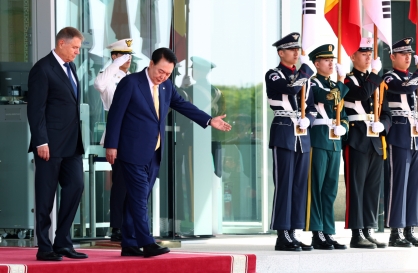

![[Herald Interview] 'Amid aging population, Korea to invite more young professionals from overseas'](http://res.heraldm.com/phpwas/restmb_idxmake.php?idx=644&simg=/content/image/2024/04/24/20240424050844_0.jpg&u=20240424200058)


![[Pressure points] Leggings in public: Fashion statement or social faux pas?](http://res.heraldm.com/phpwas/restmb_idxmake.php?idx=644&simg=/content/image/2024/04/23/20240423050669_0.jpg&u=)

